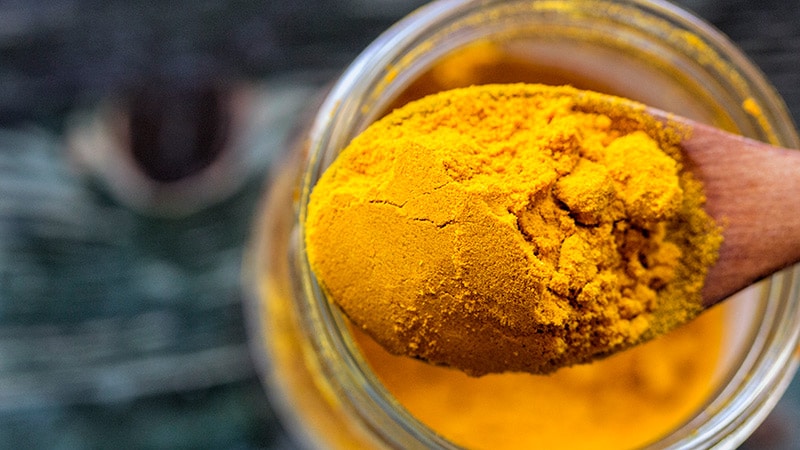TOP LINE:
The estimated number of adults in the United States who have consumed at least one of the six most commonly reported liver-toxic herbal remedies in the past 30 days is approximately equal to the number of patients prescribed potentially liver-toxic medications, including nonsteroidal anti-inflammatory drugs (NSAIDs) and simvastatin.
METHODOLOGY:
- Herbal and dietary supplements (HDS) are an increasingly common cause of drug-induced liver toxicity, but their prevalence and reasons for their use in the general population are unclear.
- This survey study evaluated nationally representative data from 9,685 adults (mean age, 47.5 years; 51.8% women) who participated in the National Health and Nutrition Examination Survey (NHANES) between January 2017 and March 2020.
- In face-to-face interviews, participants reported their use of HDS and prescription medications during the 30-day period prior to the survey date.
- The researchers compared the clinical and baseline demographic characteristics of users of six potentially hepatotoxic herbal substances (e.g. turmeric, green tea, Garcinia cambogiaBlack cohosh, red yeast rice and Ashwagandha) with those of non-users.
- The frequency of use of these risky herbal substances was compared with the frequency of commonly prescribed, potentially liver-damaging medications such as NSAIDs, simvastatin and sertraline.
TAKE AWAY:
- In the cohort of 9685 participants, 4.7% of people reported consuming at least one of the six potentially hepatotoxic herbal remedies in the past 30 days. The most common herbal remedy was turmeric, followed by green tea.
- By extrapolating the survey data, the researchers concluded that 15.6 million adults in the United States take at least one of these six herbal remedies. This is comparable to the number of people prescribed potentially liver-damaging drugs, including NSAIDs (14.8 million) and simvastatin (14.0 million). Sertraline use was lower (7.7 million).
- Most people used these herbal substances without their doctor’s recommendation.
- Those who used herbal remedies tended to be older (adjusted odds ratio (aOR) 2.36; P = 0.04 for 40–59 years; aOR: 3.96; P = .001 for ≥ 60 years), having some college education (aOR, 4.78; P P
- The most common reasons for using these six potentially liver-damaging plant compounds were to improve or maintain health, prevent health problems, or boost immunity.
IN PRACTICE:
“Given the lack of regulatory oversight of the manufacture and testing of herbal products, it is recommended that physicians obtain a complete medication and HDS history when examining patients with unexplained symptoms or abnormal liver function tests,” the authors write.
SOURCE:
The study, led by Alisa Likhitsup, MD, MPH, Division of Gastroenterology and Hepatology, University of Michigan, Ann Arbor, Michigan, was published online August 5 in JAMA network opened.
RESTRICTIONS:
The survey response rate was low at 43.9% for adults aged 20 years and older. Because NHANES is a cross-sectional study, the causal relationship between consumption of the six botanicals studied and the development of liver injury could not be established. Use of HDS products and medications was self-reported in NHANES and was not independently verified using source documents.
DISCLOSURE:
No funding source was disclosed in this study. Two authors declared receiving grants from pharmaceutical companies outside the submitted work.
Several editorial tools, including AI, were used to create this article. Human editors reviewed the content before publication.

